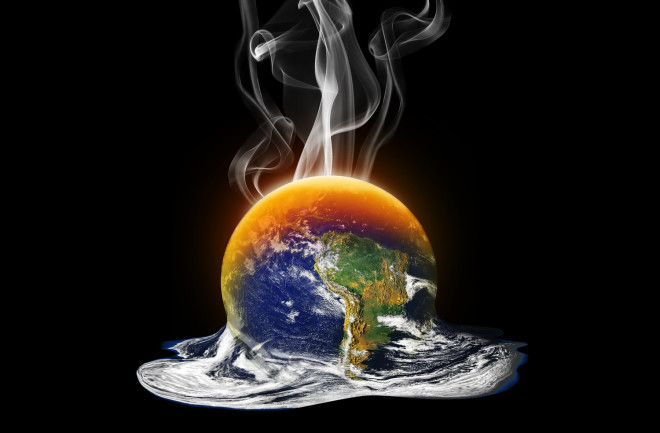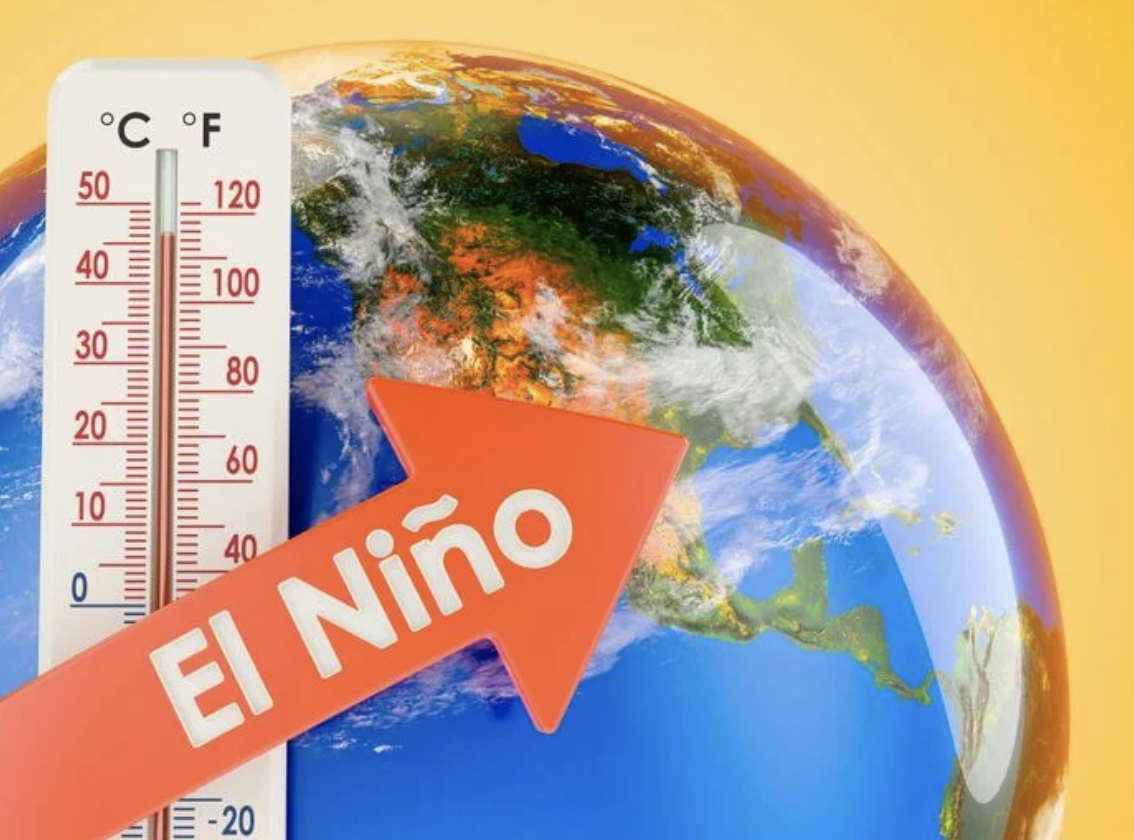Hot Planet Earth

2023 was the hottest year ever recorded. 2023 has been 1.4 times hotter than the preindustrial era (the era before the industrial revolution 1750-1800). Climate change intensified heatwaves, droughts and wildfires across the planet. 2023 saw massive fires in Canada, extreme droughts in Africa and the Middle East, unprecedented summer heatwaves in Europe, the United States and China, along with record winter warmth in Australia and South America.
Why is our planet getting hotter?
Our planet is getting hotter because of the increase in green gas emission primarily caused by human activities (carbon dioxyde) and the return of El Niño. The principal human activities contributing to climate change are burning fossil fuels from heating and cooling our buildings, as well as our carbon intensive industry.
El Niño
El Nino is a naturally occurring climate pattern associated with warming of the ocean surface temperatures in the central and eastern tropical Pacific Ocean. It is characterized by warmer than average temperatures which can slightly influence the weather patterns, the ocean conditions and marine fisheries around the world. El Nino means the little boy or the Christ child in Spanish and was used for the first time by fisher men in the coast of South America in the 1600s when unusually warm waters appeared at the surface in eastern Tropical Ocean.
In the last few years, Climate change has been linked to the increase and frequency of wildfires and floods. The wildfires in Canada were unprecedented and came with murky orange hued landscapes. Approximately 18.5 million of hectares of Canada land were burned. The fires worsened the air quality of the country and affected the neighboring US.
Loss of species
Global warming is projected to commit over one-third of the Earth’s animal and plant species to extinction by 2050. Here are some species that disappeared due to climate change:
· The Bramble Cay melomys
Also known as the Bramble Cay mosaic-tailed rat, it is a rodent that recently went extinct due to climate change. Its habitat was destroyed by rising sea levels. The bramble cay melomys is reporterdly the first mammal to go extinct.
· Golden toad (Bufo periglenes)
The Golden Toad (Bufo periglenes) was a small, brightly colored toad species that lived in Costa Rica. This species was highly sensitive to change in temperatures and humidity and its population began to decline rapidly in the late 1980s. Recent discoveries may show that the toad’s extinction coincided with a very dry period of time caused by an El Niño event in 1986.
What should we do?
We have to recycle and reuse more. The manufacturing of electric cars is more harmful to the environment than traditional gasoline cars since they require rare amounts of earth’s metal and lithium which must be mined. This being said, these vehicles are still a better option for the environment in the long run, as they can be powered by renewable energy such as solar or wind power. That’s why switching to an electric car is a very efficient way of reducing your carbon footprint. Since we’re talking about cars you can also do carpooling which is a practice of sharing a vehicle with others who have similar destinations. Since there are less cars in the roads, it reduces air pollution, carbon emission and the need for parking spaces.
by Cédric Hervé Bouopda
À propos de l'auteur(e)





